Table of Contents
A lot of people have this misconception that A-grade students study for longer hours. But, research shows that the key to becoming a successful student is to study effectively, not for long hours. You should utilize your study time wisely to get maximum benefits from it.
To help you, we are going to discuss some scientifically proven study techniques that every learner can implement in their lives. Before this, we need to learn the phenomenon of learning.
Phenomena of Learning How to Learn
There are various factors you should keep in mind for learning how to learn. When you master this phenomenon, you will be ready to implement effective study techniques in your academic life.
1. Types of Learners
First of all, you should know what type of learner you are. Some visual learners learn with pictures and graphs. Auditory learners learn better by listening rather than watching. Kinesthetic learners thrive through physical activities, movements, and hands-on experiments. Social learners are those who excel academically in group settings. Reading and writing learners prefer written words over other modes.
Educators should also recognize their classroom’s types of learners. This will help them in planning the activity in a better way.
2. Best Time to Study
What is the best time to study? Most of you might answer: Morning hours! Chronobiology disagrees with this common belief. Scientists prove that every person has different natural rhythms, and certain hours are best for different activities. According to Dr. Michael Breus in his book “The Power of When”, the best times for learning something new are from 10 am to 2 pm and 4 pm to 10 pm. Conversely, the worst time for learning something is from 4 am to 7 am.
3. Best Place to Study
McDaniel and other psychologists prove that having a dedicated space for learning is crucial for optimizing study time. This aspect is true for everyone except for kinesthetic learners. They need to mix and match their study environment to remain active and motivated. So, these learners should study one day in their room, another day in the library, and some other day in the park.
8 Effective Study Techniques
The Feynman Technique
This learning method was developed by Richard Feynman, a Nobel Prize-winning physicist. It involves teaching someone else, paraphrasing, and summarizing different concepts.
Here is how it works: Select a topic related to any field. Read and understand it thoroughly. Then, summarize the concepts and paraphrase them thoroughly. If you find gaps in your understanding, further research your topic. Read articles and watch videos related to it to further enhance your understanding. Finally, explain it to someone in the simplest language possible, ensuring that even a child can understand your explanation.
If they are unable to grasp your concept, it means you still need to refine your understanding and learning. You are still confused and need to further refine your understanding.
Psychologists believe that this method can boost your critical thinking abilities, communication skills, and confidence. Photomath and Convert PDF to PowerPoint are a few tools to implement this method.
The Pomodoro Technique
Faria Sana, a psychologist at Athabasca University, has recommended this time management method. It was introduced by Francesco Cirillo in the 1980s and is widely used by students for effective study techniques.
In it, you need to choose a topic and set the timer to 25 minutes. In this time interval, you should do a deep study session. When it goes off, take a 5-10 minute break. After every four breaks, you should take a 15-20-minute break.
Studies have proved that these brief breaks help enhance the concentration level of students. It also helps them in breaking the concepts into smaller goals.
Focus Booster, Marinara Timer, and Forest are a few tools to implement the Pomodoro Technique.
The Leitner System
It is the flashcard-based learning method that uses spaced repetition to improve memory retention. This method works for long-term study planning as it discourages cramming information in one study session.
In it, you have to create flashcards of various types. For this, you can get help from AI tools. LitGrades, Monic AI, Gizmo, and similar tools can generate flashcards from your content.
You need to go through the flashcards and answer their questions. If you have given the correct answer, mark the flashcard as completed. However, if you haven't, leave it aside and revisit it later on to answer the question.
Once you have mastered the easier flashcards, move on to the more challenging ones. This gradual process will help you enhance your retention.
A study in the European Journal of Educational Research (2020) found that students who use this technique for vocabulary retention outperformed those who use traditional rote memorization methods.
Spaced Repetition
Spaced repetition is linked to the Leitner System because it also involves reviewing the academic material from time to time to enhance retention. It was introduced by the psychologist Herman Ebbinghaus, who conducted research on the memory and brain in the late 19th century.
Various studies have shown that using this technique improves grammar and vocabulary retention in young learners. These students perform better in exams than others.
To implement this method, you need to create specific study material. It can be flashcards, attempting quizzes, or making notes from your understanding of a subject.
Initially, try to make notes or attempt quizzes without reading the original material. It will help you to know what you already know and where you need to focus. Re-visit your flashcards or notes after a few days to review your concepts.
The flashcards you answered correctly with ease should be revisited three days later, the quizzes you answered with a bit of difficulty should be reviewed two days later, and those that are incorrect should be revisited one day later.
Create PDF, Kahoot, Quizizz, Quizlet, and similar tools that can help with spaced repetition.
Mind Maps
This technique is best for visual learners, who are almost 62 percent of the student population. In one study on mind mapping, researchers found that it boosts retention by 10 to 15 percent. That's why it is the best technique for revising the exam content, as it allows you to revisit the whole concept in a glimpse.
For using this technique, you should write the title of your concept in the center of the page. Now, draw different branches and lines surrounding the main topic. These branches should contain the subtopics of your main one. Add additional branches for further explanation of subtopics. Make sure to use concise keywords and phrases in the tree instead of lengthy sentences.
You can get help from various AI tools such as CMAPS and GitMind. These tools will create the visual graphs within a few seconds, saving you time and energy.
Self-Quizzing
Various psychologists have proved that pre-tests are beneficial for performing better in exams. You should test yourself rigorously at home as your teacher can test you in the exam. In each study session, take time for self-quizzing.
Researchers implemented this theory on ADHD students in August 2020. They found this technique helped these learners a lot as they performed way better in exams as compared to their past history.
Gamification
Various studies have proved that gamification in education can improve cognitive, behavioral, and motivational learning. It enhances the level of engagement that results in better understanding and retention of information. Our brain relaxes when playing games that boost the retention level. Moreover, fun competitions and leaderboards keep us motivated throughout the journey.
That's why a lot of educational AI tools have integrated gamification aspects into their system. Some examples are Nearpod, GeoGebra, Infinilearn platform, Desmos, and Monic AI.
Interleaving
Interleaving is a blocked technique where you mix and alternate similar types of problems in one study session. Studies have proved this method to be effective in Maths and Science learning.
To apply this technique, you have to choose different kinds of related topics, for example, multiplication and subtraction. Then, mix the problems randomly, alternating between the topics. This concept helps your mind distinguish different concepts and improves your understanding.







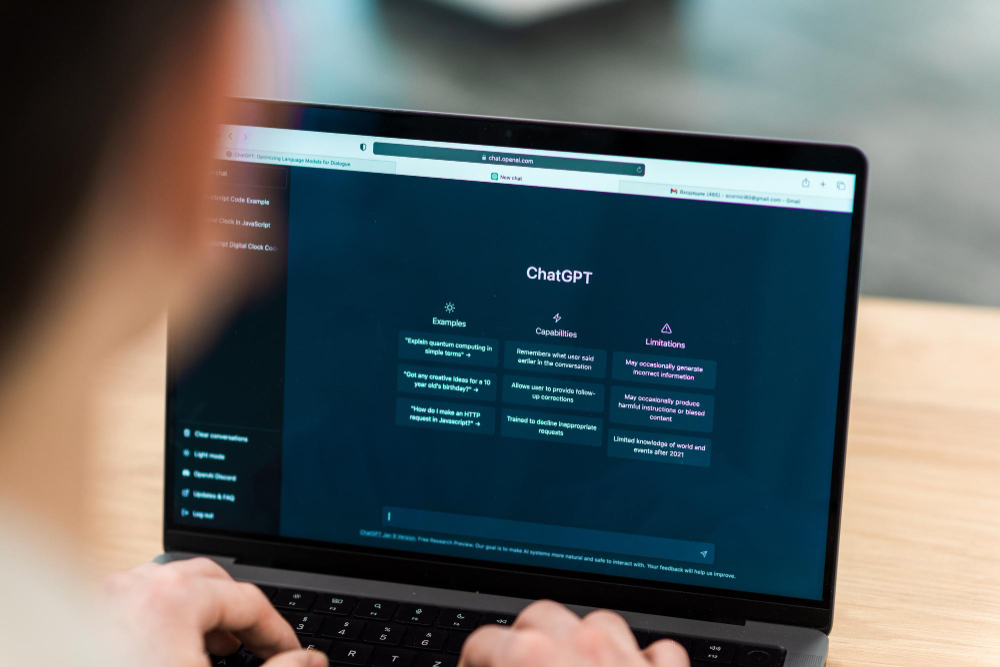





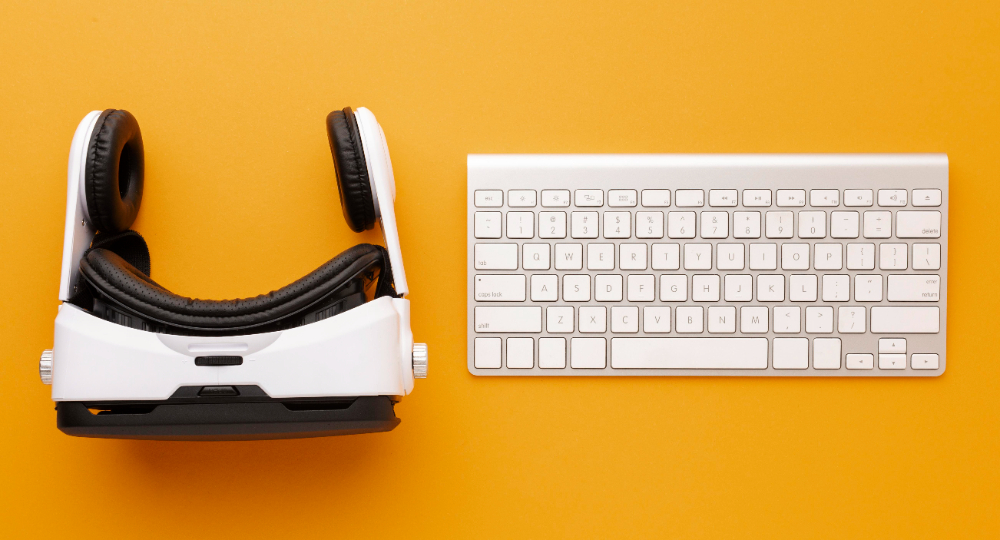
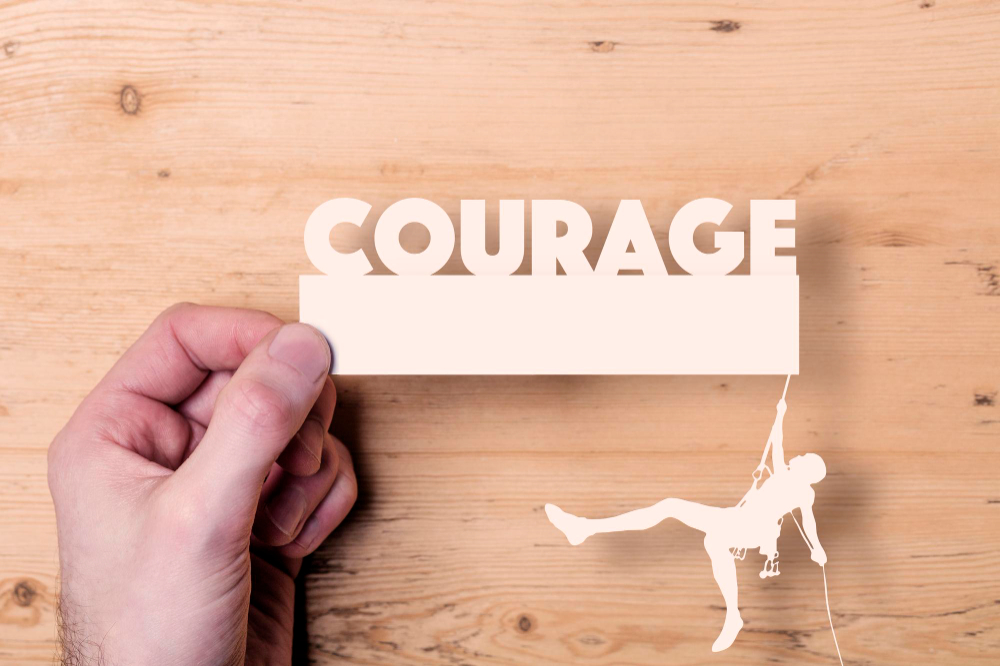
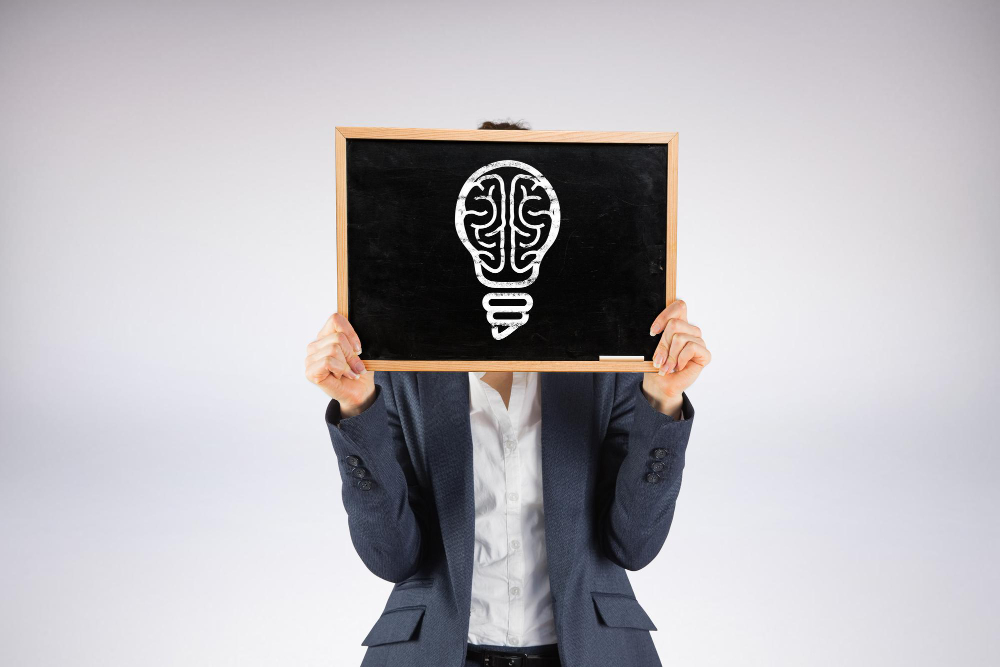
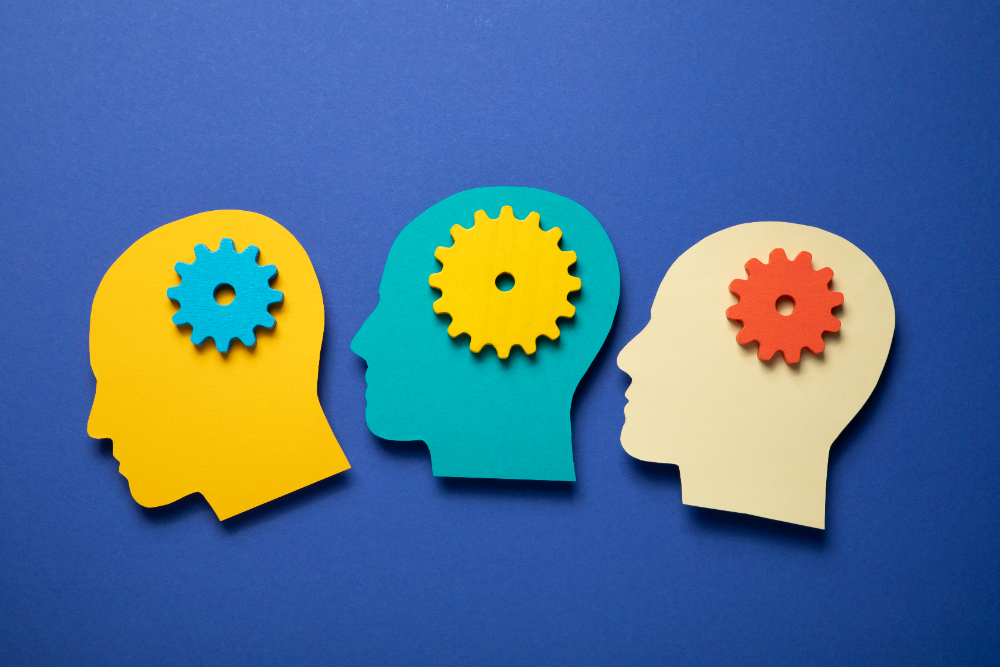
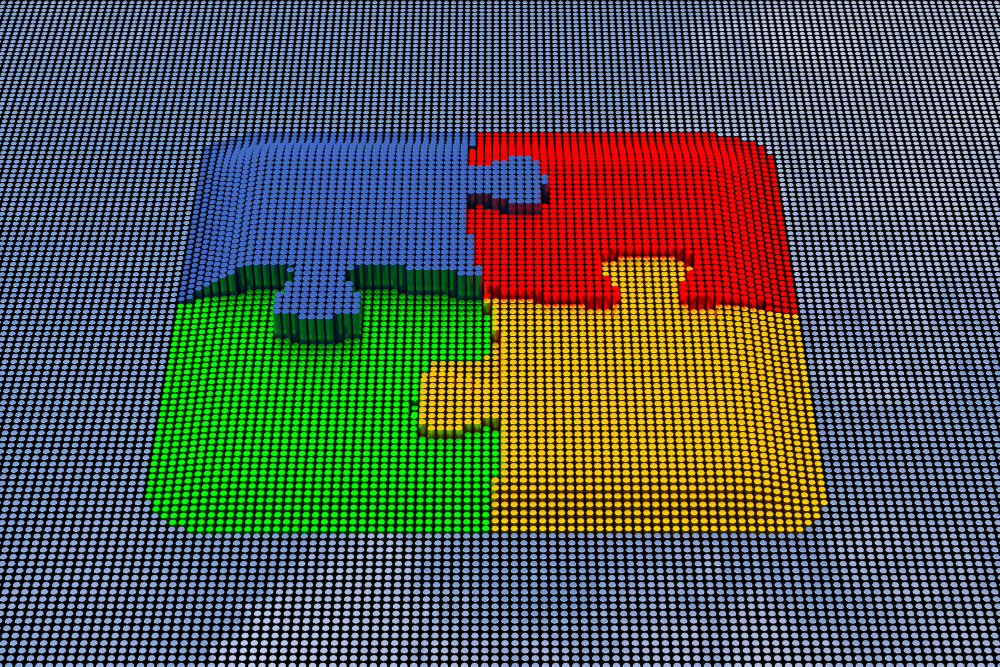





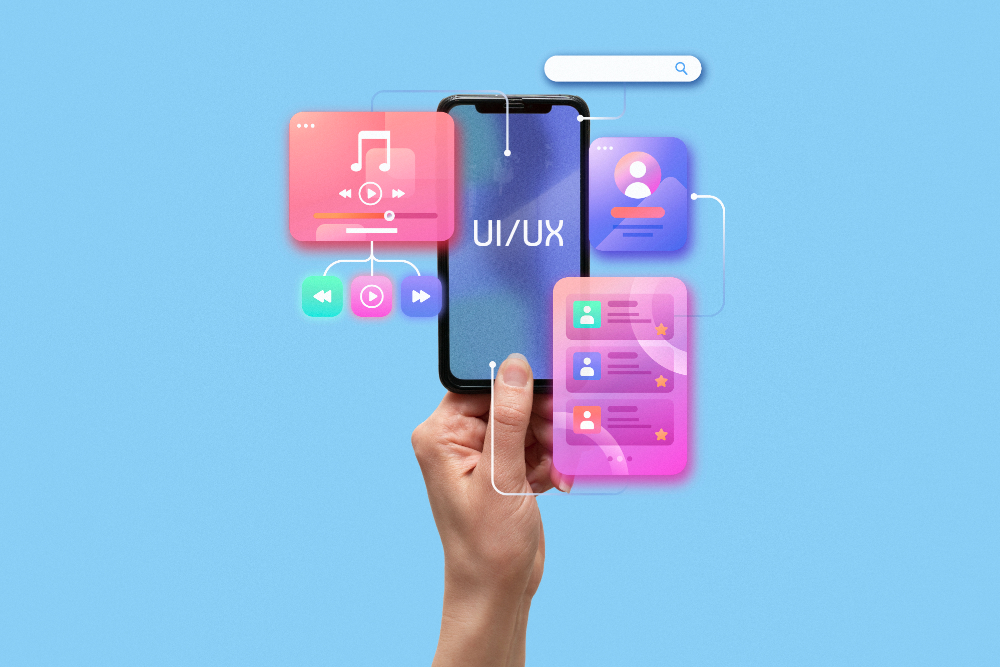
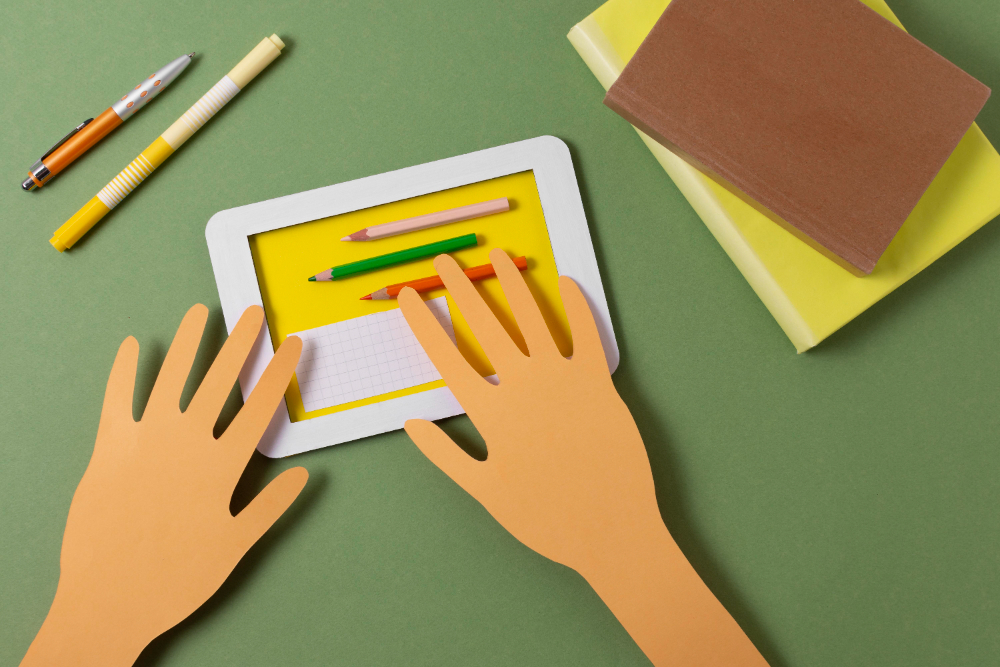
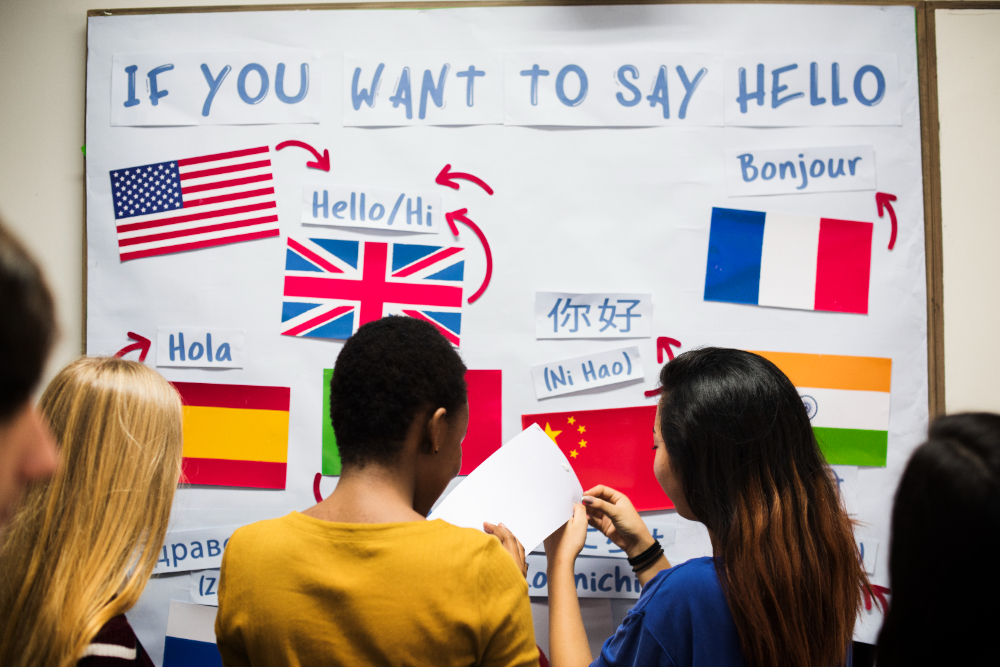

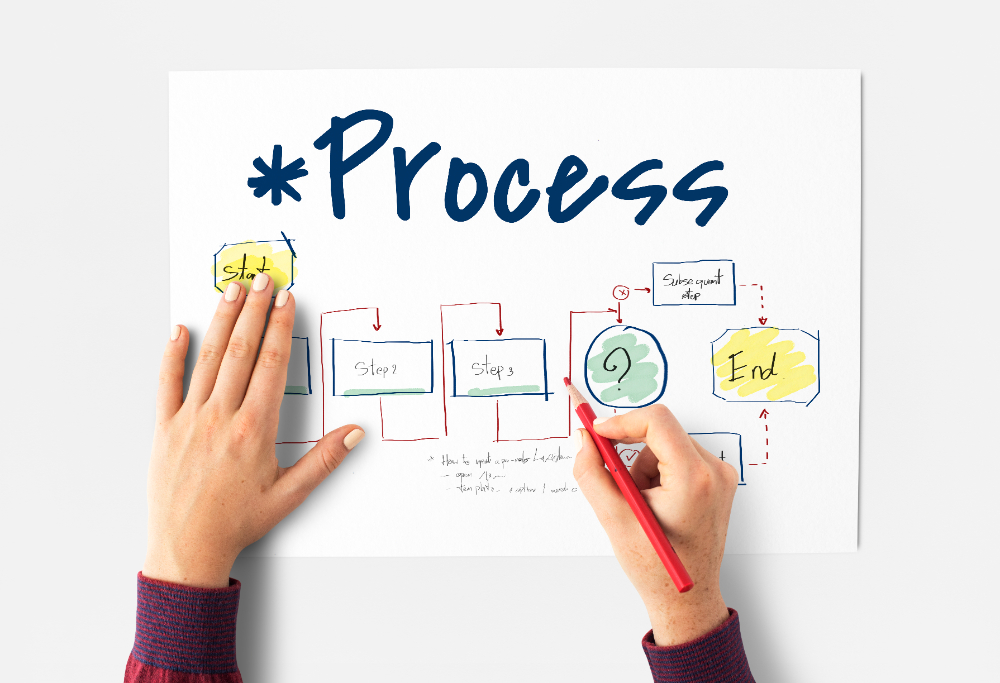


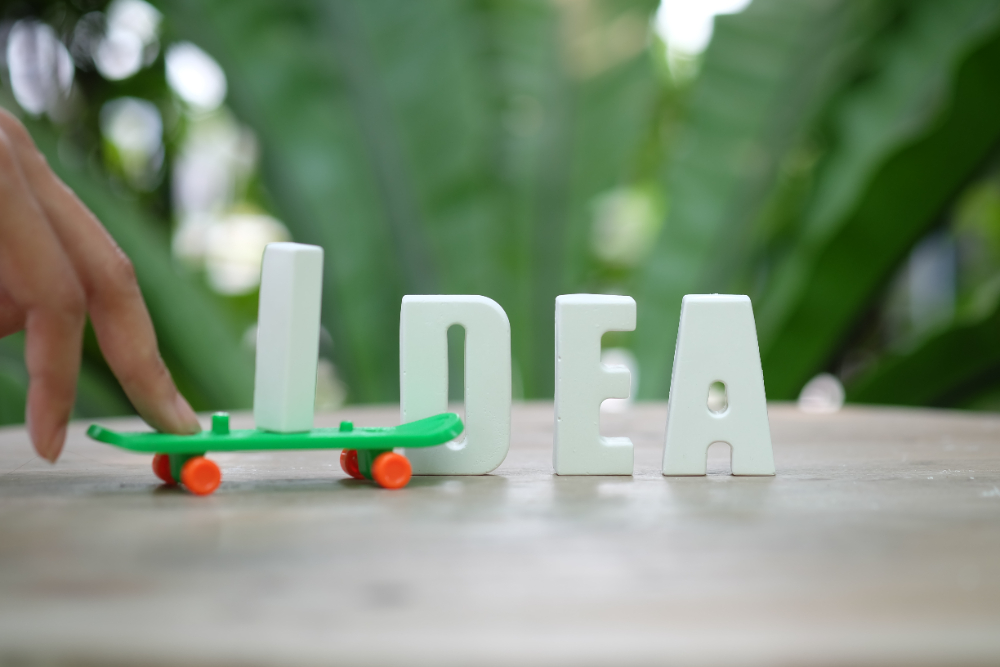
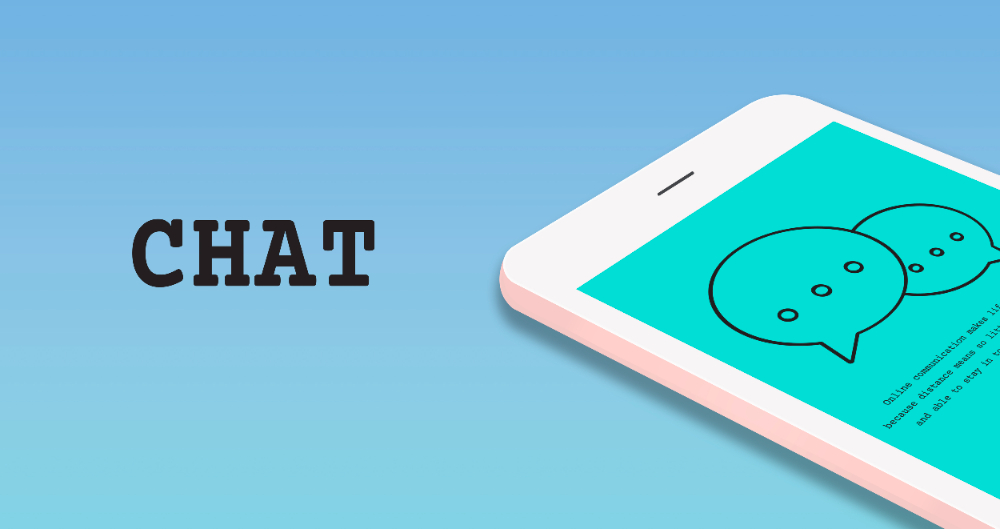

Comments are closed.